 Solid StateSolid State The Story of Abbey Road and the End of the Beatles Kenneth WomackForeword by Alan ParsonsCornell University Press Ithaca and London Copyright 2019 by Cornell University All rights reserved. Except for brief quotations in a review, this book, or parts thereof, must not be reproduced in any form without permission in writing from the publisher. For information, address Cornell University Press, Sage House, 512 East State Street, Ithaca, New York 14850. Visit our website at cornellpress.cornell.edu. First published 2019 by Cornell University Press Library of Congress Cataloging-in-Publication Data Names: Womack, Kenneth, author. Title: Solid state : the story of Abbey Road and the end of the Beatles / Kenneth Womack.
Solid StateSolid State The Story of Abbey Road and the End of the Beatles Kenneth WomackForeword by Alan ParsonsCornell University Press Ithaca and London Copyright 2019 by Cornell University All rights reserved. Except for brief quotations in a review, this book, or parts thereof, must not be reproduced in any form without permission in writing from the publisher. For information, address Cornell University Press, Sage House, 512 East State Street, Ithaca, New York 14850. Visit our website at cornellpress.cornell.edu. First published 2019 by Cornell University Press Library of Congress Cataloging-in-Publication Data Names: Womack, Kenneth, author. Title: Solid state : the story of Abbey Road and the end of the Beatles / Kenneth Womack.
Description: Ithaca [New York] : Cornell University Press, 2019. | Includes bibliographical references and index. Identifiers: LCCN 2019011210 (print) | LCCN 2019012075 (ebook) | ISBN 9781501746864 (pdf) | ISBN 9781501746871 (epub/mobi) | ISBN 9781501746857 | ISBN 9781501746857 (cloth : alk. paper) Subjects: LCSH: Beatles. | Beatles. | Rock music 19611970History and criticism. | Rock musiciansEngland. | Sound recordingsProduction and directionEngland. | Sound recordingsProduction and directionEngland.
Classification: LCC ML421.B4 (ebook) | LCC ML421.B4 W67 2019 (print) | DDC 782.42166092/2dc23 LC record available at https://lccn.loc.gov/2019011210 Jacket design and illustration by Henry Sene Yee For Geoff Emerick What we call the beginning is often the end And to make an end is to make a beginning. The end is where we start from. T. S. EliotContents 3050-2933-FullBook.indd 7 7/23/2019 9:21:28 PM My entire career in sound recording has been based on an incredible series of right place, right time events. At age eighteen, I began working for EMI Records, the parent company of Abbey Road Studios, in a tape duplication department in West London.
One of my assignments was to make a copy of the master tapes of an album called Sgt. Peppers Lonely Hearts Club Band . I had been a long-standing Beatle fan, but hearing that album had a profound effect on meactually bringing me to tears during Shes Leaving Home. From that moment, I resolved to do what ever it took to seek out a job at Abbey Road. It proved easier than I thought. A few months later, I wrote to the studio manager at the time, Allen Stagg, who granted me an interview at the studios and a tour of the building with Richard Lusha second engineer who was working on the fi nal stages of the Beatles White Album .
Just before my twentieth birthday, I earned my transfer to Abbey Road, initially working in their tape library, but enjoying the experience of hearing some of the White Album recordings as they resounded around the building. After barely three months of fl y on the wall training sessions and following a shortage of second engineers after two of them had been sackedI was approached by Vera Samwell, the studio xForeword bookings manager, who asked if I would lend a hand as a tape operator at the Beatles Apple basement studio on Savile Row in central London. EMI technical engineers had recently installed a pair of four-track consoles following the complete failure of the legendary Magic Alex to deliver a working recording system for the studio. When I arrived at the Apple building, I was ushered into the basement control room, where I sheepishly sidled in, red-faced, to encounter all four Beatles, George Martin, Glyn Johns, Yoko Ono, and Linda Eastman. It was quite a moment, to say the least. Over the next few days, I operated a 3M eight-track machine that belonged to George Harrison.
The machine was constantly in record modenonstop, except for the time it took to change reels after each tape had run out. The brief was that every moment was to be captured as they trudged through take after take of the songs on the album that eventually became Let It Be . Then came the idea to go up to the roof of the Apple build ing and have the band perform their new songs live. We ran mi crophone cables provided by EMI Studios mobile recording unit along passages in the basement and up the stairwell. On the roof top, we set up a makeshift stage facing the offi ce buildings on the other side of Savile Row. It became immediately apparent that this was exactly what was needed to get some enthusiasm out of the band.
The basement ses sions had mostly been a series of disastrous recordings and play backs to long facesnot to mention the added distraction of fi lm cameras and crew everywhere. The rooftop session had a real sense of occasion, and many of the chosen takes for the Let It Be LP came from the rooftop performance. I was on the roof for the entire concert, but unfortunately had positioned myself behind a camera on stage right, next to Paul Forewordxi McCartney, so I do not feature in a single frame of the Let It Be movie! However, there were photos in the book accompanying the album where I can be seen sporting a striped jacket, an orange shirt, and a trendy thin black tie. I will never forget that day, al though I had a bittersweet feeling that I was witnessing the last ever live performance by the Fab Four. My next right place, right time experience was as second engi neer on the Beatles fi nal recorded statement, Abbey Road . It was an eye-opening experience as I witnessed how the Beatles approached studio work in contrast to live recording.
It was also a privilege to work with and learn from two great recording engineers, Geoff Emerick and Phil McDonald. Its an academic point perhaps, but Abbey Road and Let It Be were released in reverse order to the dates in which they were recorded. Just as I had anticipated that the rooftop concert would be their last performance, I also knew that, realistically speaking, Abbey Road would be the last time the Beatles would be the Beatles. But even still, I felt enormously for tunate to have been one of the few who experienced the creation of their magic fi rsthand. In the post-Beatles period, I went on to work with Paul on the McCartney and Wings Wild Life albums, and with Harrison and Phil Spector for a couple of sessions on All Things Must Pass , for which I served as second engineer. Having progressed to a fully fl edged engineerfollowing arguably my greatest right place, right time moment, the recording of Pink Floyds The Dark Sideof the Moon I engineered Pauls Red Rose Speedway album, as well as the singles My Love and C Moon.
That brings us to the book that you presently hold in your hands. Impeccably researched, Solid State is an accurate history not only of the characters and personnel involved in the Beatles fi nal album (including myself, I am pleased to add), but also digs xiiForeword deeper behind the scenes into the technical aspects of the record ing equipment and the musical instruments used by the Fab Four in the production of this timeless LP. In the coming pages, you will become aware of many hitherto unknown facts about the making of Abbey Road and the events that led to the eventual demise of the greatest rock band that ever was. Alan Parsons Music producer, engineer, musician, and composerSolid State When it was released in the autumn of 1969, the Beatles Abbey Road album enjoyed generally favorable reviews, with the likes of NME ( New Musical Express ), Rolling Stone , and Time rewarding the Fab Fours latest album with strong notices. For the most famous band on the planethaving commercial and critical dominion over the world of pop music for nearly six yearsit was a very enviable par for the course. But other reviews were mixed, even disparaging at times.
Next page
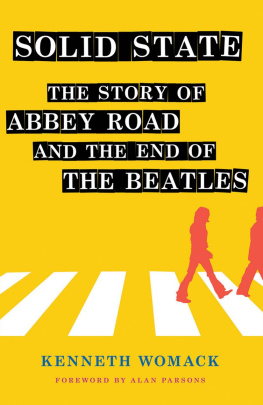
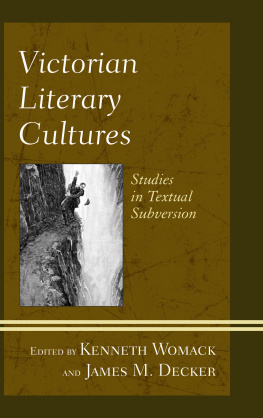

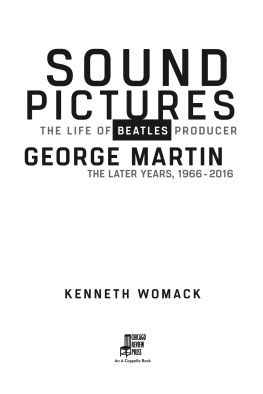
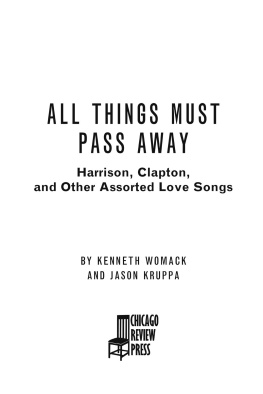

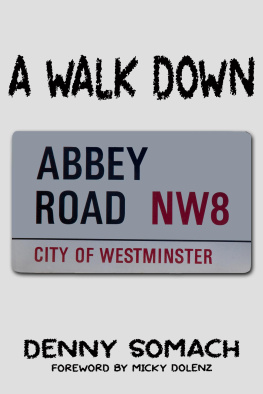
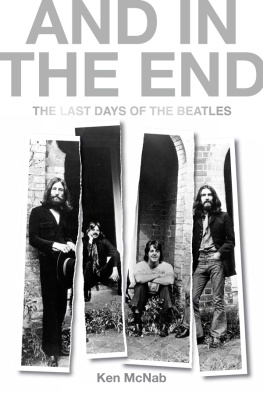
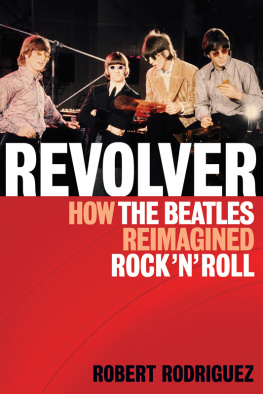

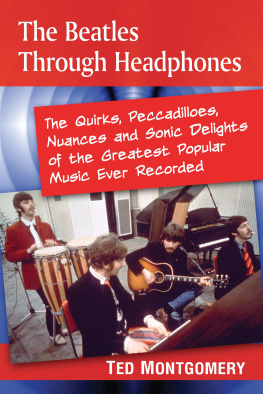
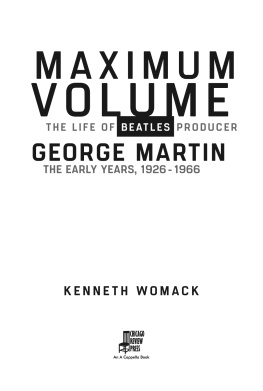
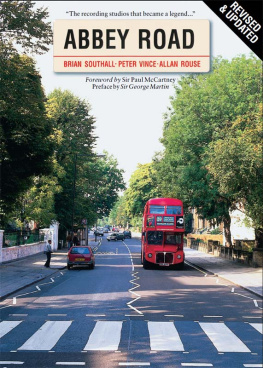


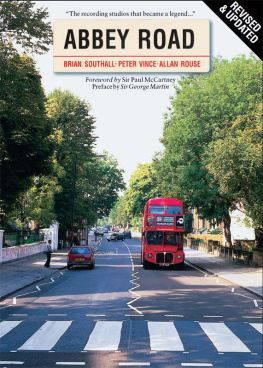
 Solid StateSolid State The Story of Abbey Road and the End of the Beatles Kenneth WomackForeword by Alan ParsonsCornell University Press Ithaca and London Copyright 2019 by Cornell University All rights reserved. Except for brief quotations in a review, this book, or parts thereof, must not be reproduced in any form without permission in writing from the publisher. For information, address Cornell University Press, Sage House, 512 East State Street, Ithaca, New York 14850. Visit our website at cornellpress.cornell.edu. First published 2019 by Cornell University Press Library of Congress Cataloging-in-Publication Data Names: Womack, Kenneth, author. Title: Solid state : the story of Abbey Road and the end of the Beatles / Kenneth Womack.
Solid StateSolid State The Story of Abbey Road and the End of the Beatles Kenneth WomackForeword by Alan ParsonsCornell University Press Ithaca and London Copyright 2019 by Cornell University All rights reserved. Except for brief quotations in a review, this book, or parts thereof, must not be reproduced in any form without permission in writing from the publisher. For information, address Cornell University Press, Sage House, 512 East State Street, Ithaca, New York 14850. Visit our website at cornellpress.cornell.edu. First published 2019 by Cornell University Press Library of Congress Cataloging-in-Publication Data Names: Womack, Kenneth, author. Title: Solid state : the story of Abbey Road and the end of the Beatles / Kenneth Womack.